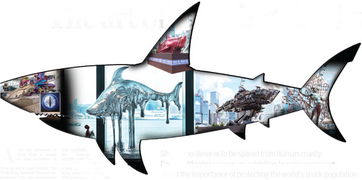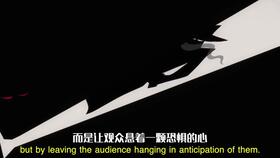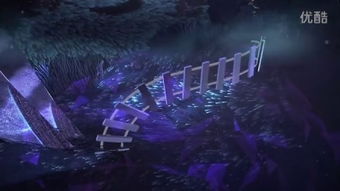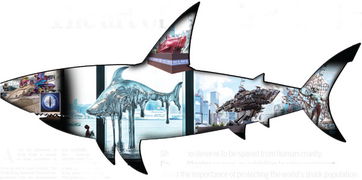
Content:
Fishing is an ancient pastime that has been enjoyed by people of all ages for centuries. Whether you're looking to unwind, spend time with family, or even catch a big catch, learning the basics of fishing can be both rewarding and fun. If you're a beginner looking to master the art of fishing, here are some essential tips and techniques to help you get started.
Choose the Right Gear
Before you start fishing, it's important to have the right gear. Here's a list of essential equipment you'll need:
- A rod and reel: Choose a rod and reel that is appropriate for the type of fishing you plan to do. For beginners, a spinning rod and reel is a good choice.
- Line: The type of line you use will depend on the fish you're targeting. Monofilament line is the most common choice for beginners.
- Hooks: Select hooks that are appropriate for the type of bait you'll be using.
- Lures and bait: Lures come in various shapes and sizes, while bait can range from live bait to artificial lures.
- Tackle box: Keep your hooks, sinkers, swivels, and other accessories organized in a tackle box.
Learn the Basics of Casting
Casting is a fundamental skill that you'll need to master to catch fish. Here's a step-by-step guide to help you get started:
- Hold the rod with a comfortable grip, keeping your elbow close to your body.
- Bring the rod back to your shoulder, then forward, while winding the reel.
- As you bring the rod forward, release the line from the reel.
- Aim the rod tip at your target, then stop winding the reel.
- Allow the line to settle, then gently pull the rod back to set the hook.
Understand the Basics of Bait and Lures
When it comes to bait and lures, there are a few things to keep in mind:
- Live bait: Live bait, such as worms, minnows, and crickets, can be very effective for catching fish. However, it's important to handle live bait carefully to keep it alive and healthy.
- Artificial lures: Artificial lures come in various shapes and sizes, and can be used to mimic the movement of real fish. Some popular artificial lures include spinners, spoons, and jigs.
- Natural bait: Natural bait, such as bread, cheese, and corn, can also be effective for catching fish. However, it's important to use natural bait responsibly and to avoid overfishing.
Learn to Read the Water
Understanding the water you're fishing in is crucial to your success. Here are a few tips to help you read the water:
- Observe the water's surface: Look for areas where the water is moving, such as where the current is strongest or where there are rocks and other obstructions.
- Pay attention to the bottom: The type of bottom you're fishing in can affect the type of bait and lures you should use. For example, a sandy bottom may require a different approach than a rocky bottom.
- Look for signs of fish: Pay attention to areas where fish may be feeding, such as near structures, vegetation, or where the water is deeper.
Practice Patience and Persistence
Fishing can be a waiting game, and it's important to be patient and persistent. Here are a few tips to help you stay focused:
- Set up your gear in a comfortable spot: Find a comfortable spot to sit or stand while you're fishing, and make sure you have everything you need within reach.
- Take breaks: It's important to take breaks to rest and stay hydrated. This will help you stay focused and alert.
- Be persistent: Don't get discouraged if you don't catch fish right away. Keep trying different techniques and locations until you find success.
In conclusion, learning the art of fishing can be a rewarding and enjoyable experience for beginners. By choosing the right gear, mastering the basics of casting, understanding the basics of bait and lures, learning to read the water, and practicing patience and persistence, you'll be well on your way to becoming a skilled angler. Happy fishing!












